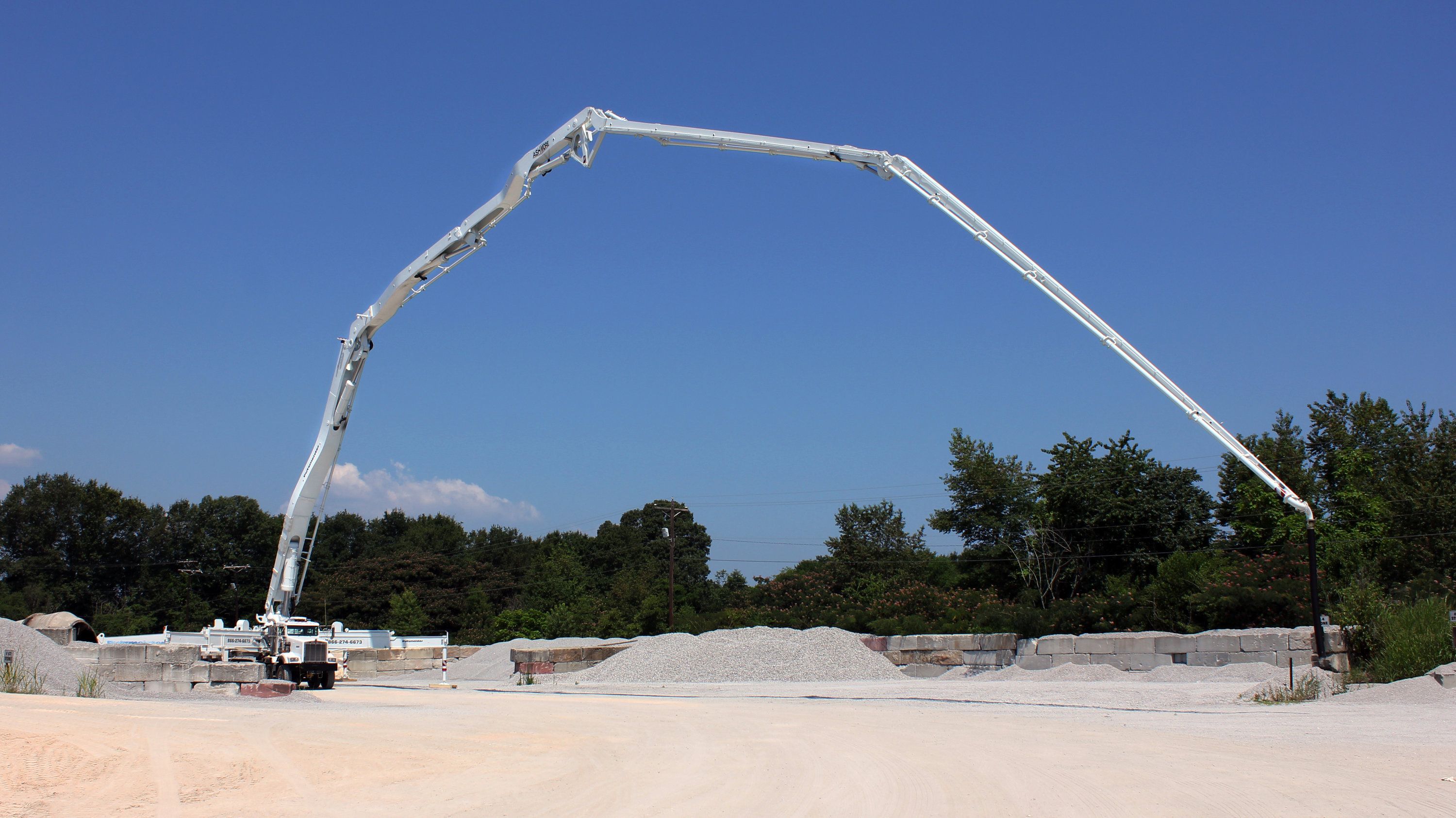Moving cement from here to there
By Judy Evans
@JudyEv (364588)
Rockingham, Australia
May 14, 2025 5:18am CST
There is a lot of building going on in our city and we often remark on the size of the cranes that are engaged in some of the construction. The other thing that has had us intrigued is the long-nosed flexible tube that pumps cement quite some distance from the cement source. I didn’t know its proper name but apparently it’s called a ‘snorkel’. Mostly we refer to it as a proboscis.  We’ve often wondered how they empty the snorkel as you wouldn’t want cement hardening in it. ChatGPT tells us that a plug is put into the pipe then the flexible part is washed out with water. They work out how much cement they need and plug the hose at the appropriate time. So now we all know.
We’ve often wondered how they empty the snorkel as you wouldn’t want cement hardening in it. ChatGPT tells us that a plug is put into the pipe then the flexible part is washed out with water. They work out how much cement they need and plug the hose at the appropriate time. So now we all know.  The only photo I could find was of one of the world’s longest snorkels. It has a 70 metres reach. Hopefully the photo is free to use.
The only photo I could find was of one of the world’s longest snorkels. It has a 70 metres reach. Hopefully the photo is free to use.
 We’ve often wondered how they empty the snorkel as you wouldn’t want cement hardening in it. ChatGPT tells us that a plug is put into the pipe then the flexible part is washed out with water. They work out how much cement they need and plug the hose at the appropriate time. So now we all know.
We’ve often wondered how they empty the snorkel as you wouldn’t want cement hardening in it. ChatGPT tells us that a plug is put into the pipe then the flexible part is washed out with water. They work out how much cement they need and plug the hose at the appropriate time. So now we all know.  The only photo I could find was of one of the world’s longest snorkels. It has a 70 metres reach. Hopefully the photo is free to use.
The only photo I could find was of one of the world’s longest snorkels. It has a 70 metres reach. Hopefully the photo is free to use.14 people like this
11 responses
@LindaOHio (203982)
• United States
14 May
That's quite a snorkel. They must flush out the snorkel right away because cement would harden in it.
2 people like this
@rsa101 (40456)
• Philippines
14 May
It really is amazing how far construction technology has come! I remember (or have heard stories) of the days when cement was hauled up manually in buckets—either pulled up by rope or carried by workers, especially on multi-storey builds. It was labor-intensive, time-consuming, and not exactly the most efficient way to pour cement. Compared to that, these modern “snorkels” feel like something out of science fiction—flexible, precise, and able to reach incredible heights or distances with minimal manpower. It’s no wonder we stop and stare when we see them in action. A real game-changer in the world of construction!
1 person likes this

@rsa101 (40456)
• Philippines
14 May
@JudyEv At some point, it might be regarded as anti-labor, as it significantly reduces the demand for workers, requiring only a crane operator and a person to guide the placement of the cement. In the past, completing such tasks would have required a considerable number of laborers. While this change could result in substantial savings for employers, it may also lead to laborers being sidelined and no longer hired.
1 person likes this

@DaddyEvil (160144)
• United States
14 May
I've never seen anything like that before.
1 person likes this

@DaddyEvil (160144)
• United States
14 May
@JudyEv True. I can think of all kinds of ways that would be useful.
1 person likes this
@JudyEv (364588)
• Rockingham, Australia
14 May
@DaddyEvil I've only heard of them using it for cement but maybe some of the grain silos have similar tubing.
1 person likes this


@JudyEv (364588)
• Rockingham, Australia
15 May
It is, isn't it? Usually confined to butterflies, methinks.

@1creekgirl (44162)
• United States
14 May
That's really fascinating. I've learned something new!
1 person likes this
@changjiangzhibin89 (17054)
• China
14 May
Oh ! a 70 metres reach ! The "proboscis" can make light work of cement grouting.
1 person likes this
@wolfgirl569 (123855)
• Marion, Ohio
14 May
I would have never thought of that name for it. But was guessing water somehow to clean
1 person likes this
@SIDIKIMPOLE (2597)
• Eldoret, Kenya
14 May
At least I have a new vocabulary; Snorkel
1 person likes this
@JudyEv (364588)
• Rockingham, Australia
14 May
People who go diving in the sea also wear snorkels to breathe through but they're not quite like this! 

@Beestring (15606)
• Hong Kong
14 May
The snorkel in the photo is really quite long.
1 person likes this
















